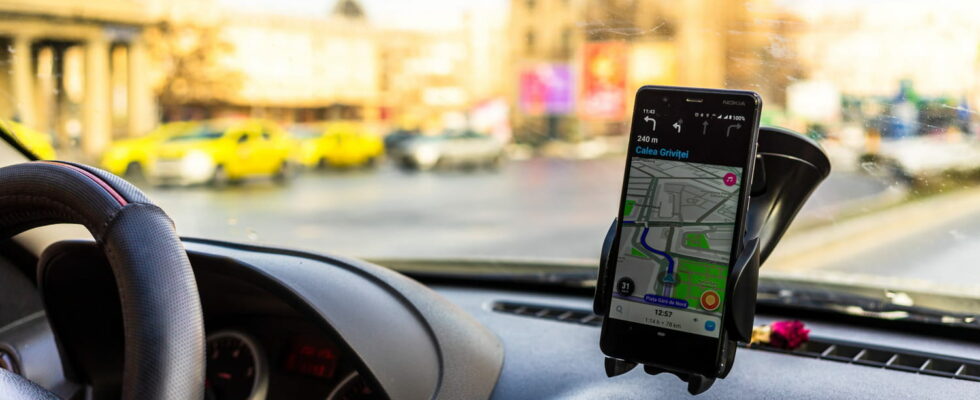For two years now, Waze and Google Maps have applied new rules that few users are aware of.
The Waze, Map and Google Maps applications have changed the lives of many motorists lost on the road. Very practical for finding your way and getting to a specific address, these GPS act as a real guide, including finding the right route when you have taken the wrong route. But they are much more than that since they are capable of calculating the precise time it takes to get from point A to point B, taking into account traffic jams as well as accidents that we might encounter. on my way. Thus, by offering until now the shortest and fastest journey, notably avoiding the most congested roads, Google Maps brings together a billion users each month across more than 200 countries, and Waze, 140 million users. users per month in nearly 185 countries including 14 million in France, according to Google figures from 2019 and the Frandoid site from 2020.
But for two years already, new rules have been applied, and few motorists know it. Indeed, the new decree was published on August 5, 2022, n°2022_1119. And for good reason: these types of GPS no longer have the right to offer, by default, the shortest routes. Have you ever noticed it? After following a route suggested by Waze for example, we sometimes realize that the path we usually take would ultimately have been much faster and less congested.
Several municipalities have also complained recently about the influx of motorists who let themselves be blindly guided by their GPS, thinking they will save a few minutes of time. Result: certain villages like that of Saint-Montan, in Ardèche, are overloaded with tourists during weekends and school holidays.
Since the publication of this decree, it is therefore the most environmentally responsible paths that are pushed onto users’ screens. For example, when a journey requires taking a section of motorway where the speed is greater than or equal to 110 km/h, an alternative is then offered to drivers. CO2 consumption is also displayed according to the routes used. It is therefore advisable, before hitting the road, to compare your route to determine if the proposed route suits you.
